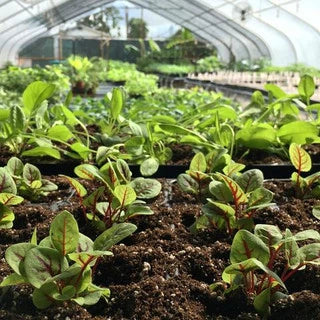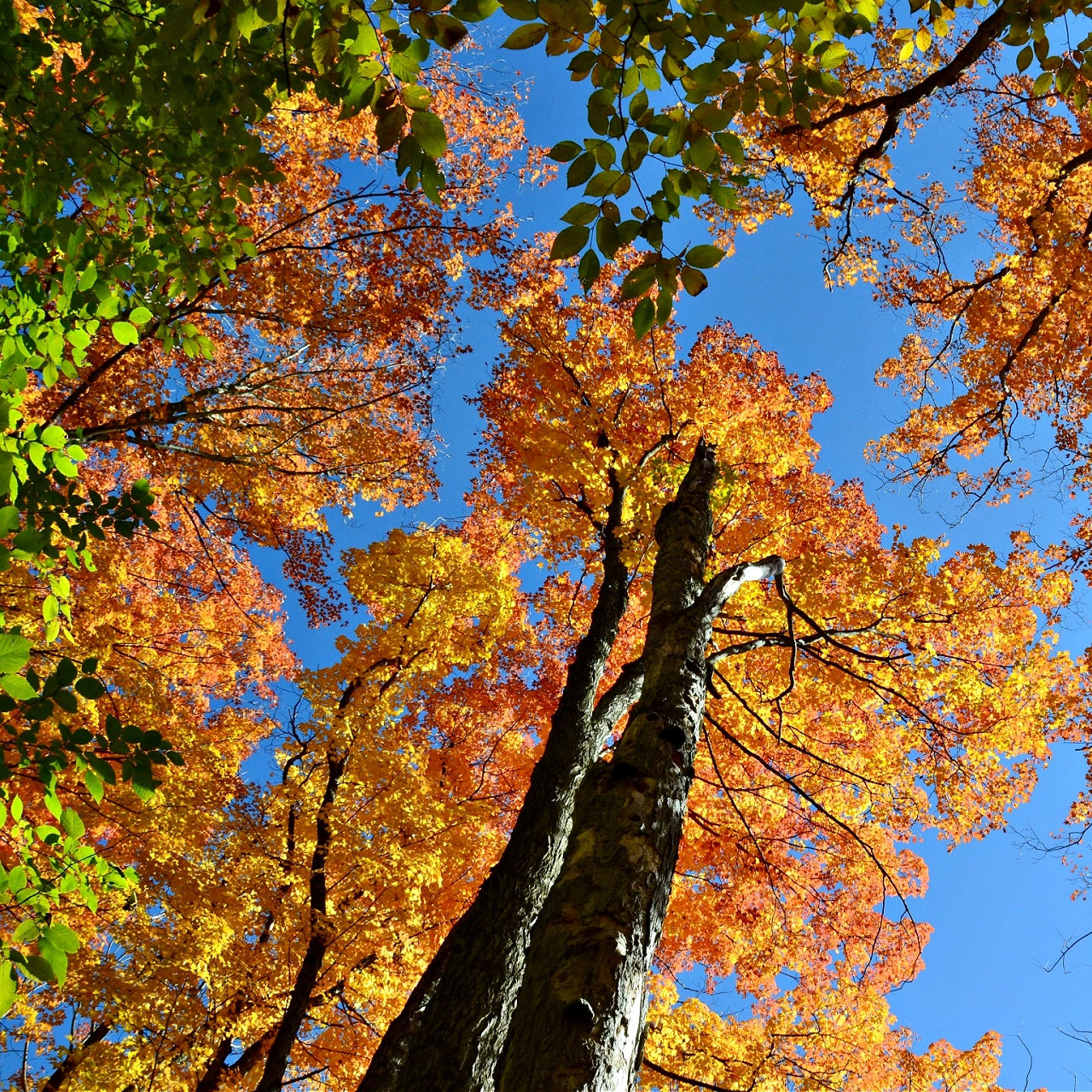
Edible Plants Add Vitamins And Minerals To A Diet
Edible Plants Add Vitamins And Minerals To A Diet

Edible Plants
Plants are not only for decoration and the garden but can also be used as food. Edible plants add vitamins and minerals to a diet and can be grown at home to ensure they are safe for consumption. Many recipes can be found that include edible plants. Berry plants are available in wide varieties. Blackberries are easy to grow and can produce 10 to 20lbs of berries for 15 seasons. They grow low to the ground as a small mass of vines. This fruit is often used to make jams or eaten straight from the vine after washing. Raspberries have a pleasant aroma and are slightly tart in taste. The berries have approximately 100 droplets surrounding the core and are very soft and velvety to the touch. Raspberries contribute fiber to the daily diet and should be eaten at room temperature to achieve the full flavor. Wolfberries are another species of berry plant that can be grown at home. The berry is orange/red and is high in amino acids, minerals, and antioxidants. Wolfberries are native to China and can be used in soups or to make energy bars. These berries are sweeter when dried and are often added to trail mix for significant health benefits.

English Walnut trees produce faster than other varieties of nut trees. Walnuts are used for baking or snacking and can be frozen for up to a year. English Walnuts are the most popular nut in a shell. Walnut trees are majestic, with round tops that produce nuts and provide large areas of shade. Pecan, almonds, and hazelnuts are other nut trees that can be grown at home. Apples and cherries are two of the most popular fruit trees. Trees are commonly planted directly into the ground, but dwarf trees produce fruit, even though they are usually grown in containers. Fruit trees save money and present multiple fruit colors that complement landscapes. Fruit is ready to use when picked from the tree for pies or fruit salads. Pears, lemons, and peaches are other favorite fruits used every day.

Fiddlehead ferns are a unique edible plant available in the early spring. The round part of the fern that has not been unrolled is eaten. Fiddlehead Ferns are easy to incorporate into a garden. They are usually boiled or sauteed or used as a garnish.







